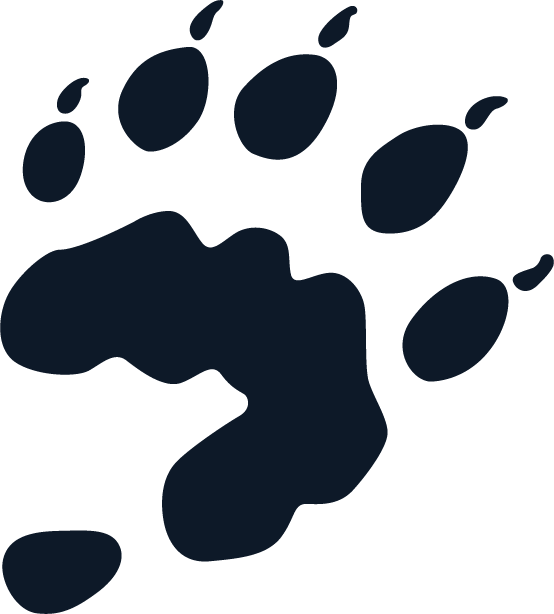
Wildlife Friendly Fencing Surveys
-
Across the American West, networks of barbed wire fence designed to divide rangelands and assist livestock producers manage and maintain cattle and other domesticated animals have made it harder for wildlife to move freely across large landscapes. As our understanding of connectivity, corridors and the importance of seasonal migration has increased, our understanding of the threat posed by these barriers to big game species like elk, deer, and pronghorn has increased as well. This is especially true in areas where seasonal migrations have been documented.
In Utah, the Paunsaugunt plateau is home to one of the state’s most famed mule deer populations. Like many areas, the extensive network of barbed wire fences throughout this migratory route, including within the national monument, creates a barrier that makes this biannual migration more difficult and can lead to reduced herd fitness and adaptability in the face of habitat degradation and impacts from climate change. The migration route crosses Highway 89, another barrier to movement that was improved in 2013 with 3 new underpasses, 4 retrofitted culverts, and associated exclusionary fencing along Hwy 89 to direct the deer to the 7 underpasses. This project will complement those underpasses by improving landscape permeability within GSENM lands.
To maintain and enhance this important migratory corridor, Wildlands Network, Grand Staircase-Escalante Partners, Backcountry Hunters and Anglers, and Mule Deer Foundation have partnered with the Utah Division of Wildlife Resources (UDWR) and the Bureau of Land Management to reduce barriers to wildlife movement in valuable mule deer winter range. Volunteers will use their smartphones to collect data as they walk fence lines in the southern end of GSENM to assist in this project.
-
Volunteers for this project should be comfortable hiking medium to long distances (4-9 miles) over medium to rugged terrain. Volunteers will need to carry all their own food and water for the day. Volunteers should be comfortable using maps to navigate off-trail.
-
April 25th:
2 pm: Meet at the Kanab Public Library to go over the app
3 pm: Travel to the camp area and set up camp
6 pm: Dinner provided by GSEP
April 26th:
7 am: Coffee and pack lunch
8 am: GSEP provides breakfast
9 am - 4 pm: Hike fence lines, taking lunch and other breaks as needed
6 pm: Dinner provided by GSEP
April 27th:
7 am: Coffee and pack lunch
8 am: GSEP provides breakfast
9 am - 3 pm: Hike fence lines, taking lunch and other breaks as needed
4 pm: Break down camp and depart campsite
-
GSEP will provide the following gear:
Work gloves
Water
Breakfast, lunch, dinner, snacks, coffee, and tea
Groover system
Camp kitchen
All project gear
In addition, GSEP requires volunteers to bring gear from their list.

